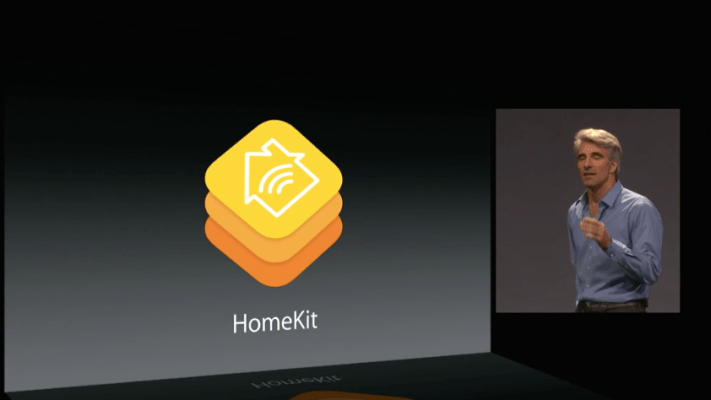Apple’s HomeKit is getting some great new abilities in iOS 9, including new features developers can use to improve their connected home apps, and things that make using HomeKit easier and more feature-rich for everyday users.
One of the more impressive new features is the implementation of custom triggers; in iOS 8, Apple let developers use time-based triggers, and geo-fences, so that you could activate HomeKit-enabled accessories based on either a set schedule or based on your physical location. Now, however, you can combine elements to trigger scenes (activation or de-activation of a number of HomeKit accessories) in response to various different user activities.
For example, you could let users activate a specific scene when they return home work, but only if it’s before 6 PM, and trigger something entirely different when they get home after that time. Apple is now letting users define event triggers based on a combination of time-based, accessory state and pre-defined significant daily event factors. In the example above, time of day plays a role, as does either a door unlocking or a motion detector being triggered. If you wanted to time something with sunset or sunrise, which are rolling values depending on time of year, developers can also now enable that in iOS 9 applications.
Other new features for iOS 9 for HomeKit include the ability for developers to take advantage of four pre-defined scene types, which are common to every user’s life, and which include getting up, leaving home, returning home and going to bed. These will remain constant across accessories, devices and apps, and developers and users can always introduce custom scenes as well. This also lets specific app makers suggest how their software or devices might be used in tandem with those pre-set scenes. Siri knows the names of these scene types too, meaning a user just has to say them to their device to trigger them.
Apple is also making it easier for users to set up HomeKit by providing more information about common accessory types supported by its connected service. This allows users to see more info about detected HomeKit devices when they’re setting them up, in any app, including things like icons representing their type (say a lamp image for a light), along with more descriptive language (instead of, say, a brand name and serial number as you might find in iOS 8).
Also new in HomeKit is support for Apple Watch, but this doesn’t just mean you can trigger HomeKit actions using Siri on your Watch; it also means your Watch can trigger HomeKit actions, even when you aren’t carrying your phone. So, if you go for a run with your Watch, but leave the iPhone at home, you can unlock your HomeKit-enabled door when you come using BT proximity detection or a Watch app.
HomeKit also now works remotely even without an Apple TV at home, thanks to a new dedicated iCloud service that makes that secure and that accessory makers have access to for free. Bluetooth Low Energy accessories can also now send notifications to you device, and Apple has introduced a number of new device categories including window coverings, doors and windows, alarm systems, sensors (including air quality and motion, among others), and programmable switches.
HomeKit may have been introduced in iOS 8, but Apple’s really accelerating the pace of its development this year, so look for many more devices to come to market soon.
